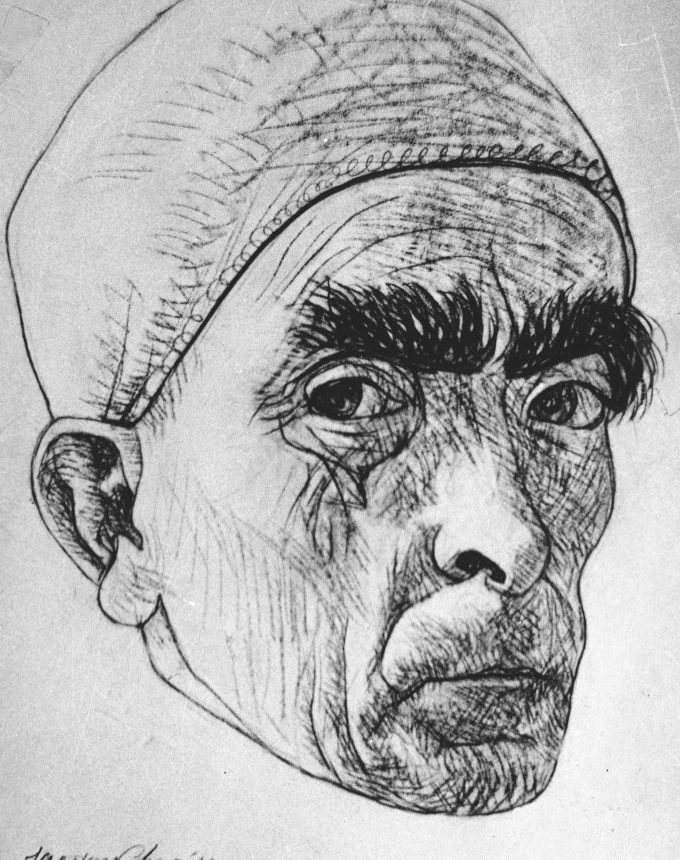Marc CHAGALL
Январь 2, 2019Meyer CHEYCHEL
Январь 2, 2019Жак ШАПИРО
ДИНАБУРГ (РОССИЯ) 1887 – ПАРИЖ 1972
Жак Шапиро, сын резчика по дереву, начал своё художественное образование в возрасте десяти лет. В 1915 году поступил в Академию изящных искусств Кракова, в 1918 году — в Школу изящных искусств Киева. Во время Гражданской войны, продолжая учёбу, Шапиро создавал революционные афиши и перебивался случайными заработками. В 1921 году учился в Художественном училище в Петрограде. В этот период он стал помощником декоратора — работал у Мейерхольда, режиссера-постановщика конструкти- вистского театра. Затем работал у Станиславского и Вахтангова, известнейших театральных режиссеров- постановщиков.
В 1925 году Шапиро покинул Россию и приехал в Париж. Он обосновался на пять лет в Улье. В 1939 году укрылся в Карпантра, затем в Сере, в департаменте Верхние Альпы. После войны Шапиро отправился в Италию. Затем окончательно обосновался в Париже. Работал над юмористическим рассказом о повседневной жизни художников Улья. В 1967 году, несогласный с проектом разрушения Улья, Шапиро вместе с Шагалом и Реймоном Кониа создали Комитет Сохранения Улья — они добились своей цели.
Stories of Jewish Artists of the School of Paris 1905-1939
FRENCH-ENGLISH
Capitale des arts, le Paris des années 1905-1939 attire les artistes du monde entier. De cette période de foisonnement, un terme est resté, celui d'Ecole de Paris, qui recouvre une grande diversité d'expression artistique. Dans ce brassage dont Montparnasse est le creuset, un groupe se distingue : celui des artistes juifs venus de Russie, de Pologne et d'Europe centrale. Si leurs styles sont variés, un destin commun les rassemble : ils fuient l'antisémitisme de leur pays d'origine. Certains ont connu la célébrité dès les années 1920, tels Soutine, Lipchitz ou Chagall. D'autres n'ont pas eu le temps ou la chance d'y accéder. Près de la moitié a péri dans les camps de concentration nazis.
From 1905 to 1939, Paris attracted artists from all over the globe as the capital of the art world. This period of artistic proliferation became known as the School of Paris, and includes a great diversity of artistic expression. Within the teeming art world centred on Montparnasse, one group set itself apart: Jewish artists from Russia, Poland, and Central Europe. Although their styles were diverse, they shared the common fate of fleeing anti-Semitic persecutions in their home countries. Some became famous in the 1920s, such as Soutine, Lipchitz, and Chagall, while others did not have the time or the luck to gain renown. Nearly half of these artists died in Nazi concentration camps.





